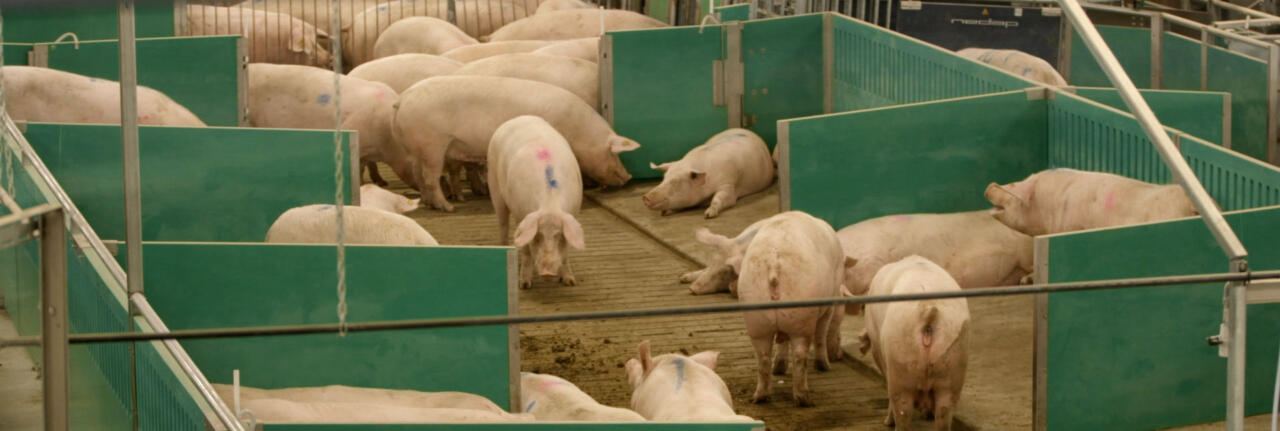Sustainability is essential in agriculture, and it is necessary to develop ways to ensure that our food supply is not at risk. In this regard, Iowa has taken the lead in developing a low-cost and innovative sow housing and feeding system that is sustainable, eco-friendly, and farm size-neutral. The system has been so successful that it is being considered for a patent.

This low-input sustainable sow housing was developed by a team of researchers from Iowa State University, including Mark S. Honeyman and Steven J. Hoff. They installed a quasi ad libitum electronic feeding system for gestating sows that was housed in a 9.1 X 18.3 meter steel-hooped structure covered with an aluminized plastic tarp. This method ensures that the sows will receive the required diet for optimal health and growth.
With the electronic feeding system, a feeder served as a partition between the high-energy and low-energy diet feeding areas. Once the hogs were weighed, they were then directed to the appropriate diet by means of a tag number read by a computer. The system ensures that sows receive the right amount of feed for their optimum growth.
The innovative housing system is farm size-neutral, thus helping producers raise lean market pigs without any constraints. The system can be used by both large and small farms, making it more accessible to everyone.
The housing system also prioritizes improved sow welfare, better worker environment, and less odor than confinement, making it more sustainable and environmentally friendly. The housing system is a low-input way of raising sows with minimal impact on the environment and maximum animal welfare.
The steel building is an important part of the housing system's sustainability, as it ensures that the sows are protected while reducing costs. Steel is a highly durable material that can withstand harsh weather conditions, debris, and other forms of material wear and tear. In addition, steel buildings require less maintenance than traditional structures, and they can be used for an extended period.
Steel buildings are also eco-friendly, as they are entirely recyclable, and they require less energy to produce. Compared with traditional structures, steel buildings generate less waste during the construction process, reducing environmental damage while reducing the carbon footprint.
In conclusion, the low-input sustainable sow housing and feeding system used in Iowa sets an example for other agricultural practices worldwide. It prioritizes animal welfare, better worker environments, a reduced carbon footprint, and sustainability. The project's innovative steel building design has proven useful in mitigating farming costs, reducing environmental damage, and improving food supply. The system's overall success serves as an inspiration to develop new and innovative agricultural practices that prioritize the environment, sustainability, and animal welfare.